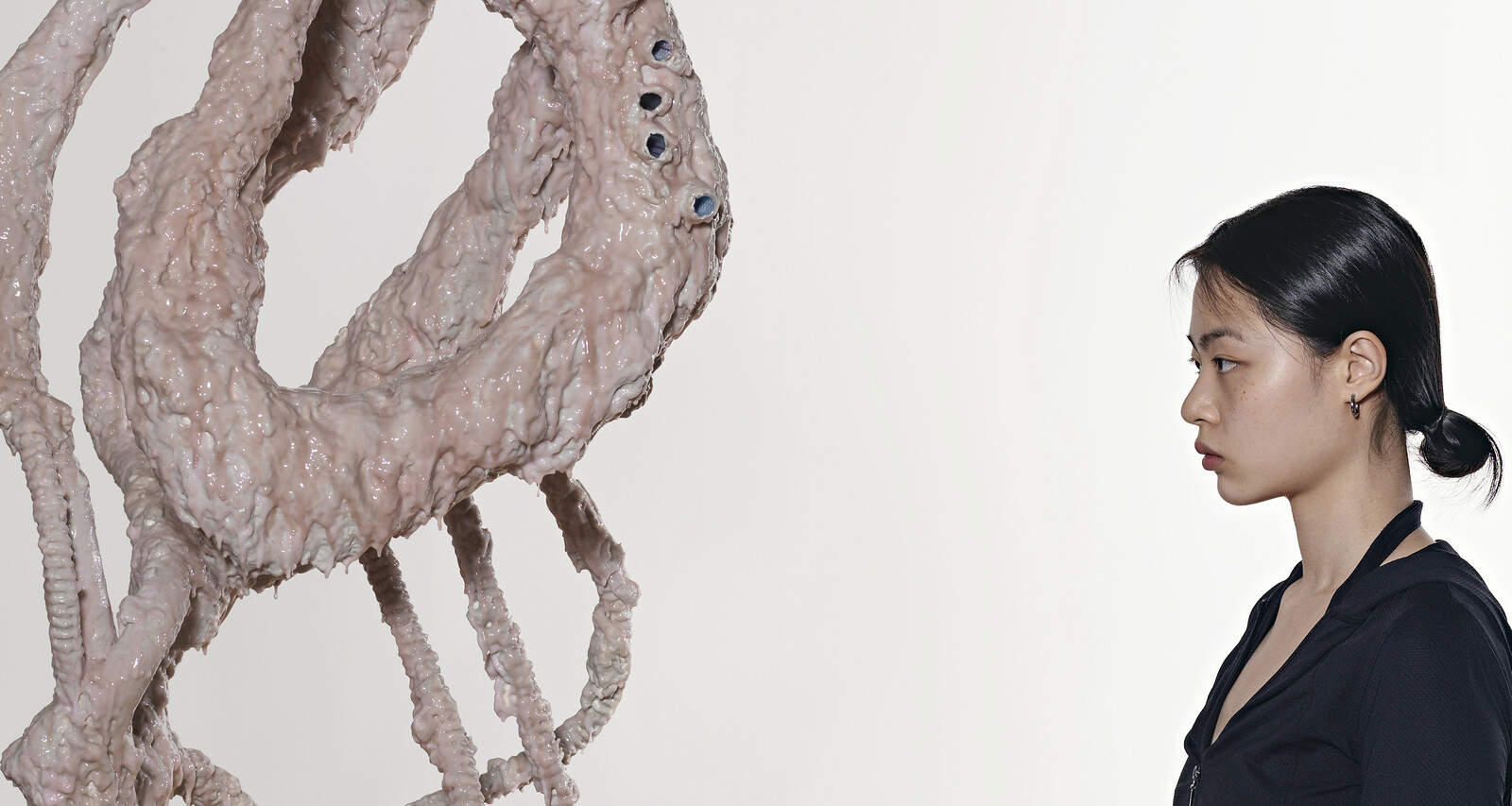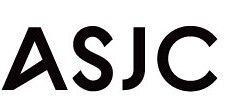Camille Henrot: Saturday, Tuesday
July 23–September 13, 2020
87 Yulgok-ro 3-gil, Jongno-gu
03062 Seoul
South Korea
Hours: Tuesday–Sunday 12–7pm
T +82 2 733 8949
F +82 2 733 8377
artsonje.press@gmail.com
Mire Lee: Carriers
In her sculpture and installation work, Mire Lee uses machinery that operates by simple principles, along with materials that can be felt with the hands. In her sculpture and installation work, Mire Lee uses machinery that operates by simple principles, along with materials that can be felt with the hands. An artist who regards it as important to touch materials by hand as she works, Lee relies on purely physical cues to perceive the world.
For this exhibition, she imagines bodies as “carriers” to concretize her relationship to the substances she touches. For Lee, “carriers” is a word to describe a state of the human body, but it is also a concept that could be applied to her sculpture works. Lee’s new work Carriers (2020), which is being shown for the first time in the exhibition, is a large kinetic sculpture that uses a hose pump, with a form resembling an animal’s digestive organs. The installation/sculpture work repeats movements as it sucks up, transports, and extracts viscous matter. As the substance moves through the sculpture’s structure, sounds are produced at odd moments along with the rhythm of the machinery movements.
In some tribes, shamans are said to undergo a ceremony of stripping away skin so that they can respond more keenly to small stimuli, and thereby mediate the feelings of others. In this story from the oral tradition, Lee identifies a starting point toward a subversive power. To her, sculptures serve as a centripetal point that incites an experience and contemplation of everything besides oneself—like the flayed shamans, they are “carriers” keenly raising their sensory feelers. This is also the approach of the artist, who attempts to view her objects not through an intellectual approach or interpretation, but in terms that are practical and intuitive. With its metonymic representation of the primal movements of various substances as they travel through the body—blood, embryos, pathogens, and nutrients—the exhibition Carriers suggests an experience of being imbued with the world within the most private and physical realm of the senses.
Mire Lee (b. 1988) pursues an artistic process based on substances the act of “making.” With a primary interest is in the material properties and movement of three-dimensional media, she explores affect and energy—including desire, sentimentality, vitality, and drive. She has taken part in various exhibitions, including the solo exhibition War Isn’t Won by Soldiers It’s Won by Sentiment (Insa Art Space) and the group exhibitions Moving / Image (Arko Art Center), 2016 Media City Seoul, NERIRI KIRURU HARARA (Seoul Museum of Art), 15th Lyon Contemporary Art Biennale, Where Water Comes Together with Other Water, etc.
Curated by Hyo Gyoung Jeon (Curator, Art Sonje Center)
Organized by Art Sonje Center
Supported by Ministry of Culture, Sports and Tourism, Seoul Metropolitan Government, Seoul Foundation for Arts and Culture
Camille Henrot: Saturday, Tuesday
A year represents the Earth’s journey around the sun, a month is the cycle of the moon, and a day is the result of Earth’s rotational cycle. In contrast, the week is a measure of time created without any connection to astronomy. It is an artificial system made only for the sake of the human life cycle. For each day of the week, the artist Camille Henrot examines the forms of human behavior that have been standardized and repeated within society, using the areas of cultural anthropology, religion, social media, and psychoanalytic theory as her references.
Filmed in New York, Washington, DC, Tahiti, and Tonga, her video Saturday (2017) focuses on the Seventh Day Adventist Church (SDA), an evangelical millenarian Christian denomination that celebrates the Sabbath and practices baptism rituals on Saturday. Shot mostly in 3D, the film combines images of baptism rituals recorded by Henrot at SDA Church with neurological testing, a food commercial, a Botox injection, high-wave surfing, an endoscopy, and political demonstrations. The worldwide scope of the SDA Church’s mission is being altered as different contexts generate exceptions to their principles. Separated from the main SDA centers by the International Date Line, for example, Adventists in the Kingdom of Tonga instead observe the Sabbath on Sunday so as to celebrate in unison with the rest of the community. This particular detail also highlights the long relationship between religion and globalization that is further typified by the Church’s mimicry of news corporations seen in the film. The Hope Channel is one of some ten SDA channels broadcasting God’s good news, while the headlines that scroll along the bottom of the screen in Saturday relate upheaval and disaster. This contrast underlines what Joyce called the “digestive value of religion.”
The word “Tuesday” has its origins in Tyr, the Norse god of war and victory. Tuesday (2017) is a body of work combining video and sculpture that refers to both ancient mythology and the phenomenon of contemporary motivational messaging, as seen through the hashtag “#transformationtuesday,” for example. The film interweaves images of racehorses running, breathing, and having their hair groomed with others showing jiu jitsu practitioners in slow motion as they train on mats before a match. Tuesday subverts competition and replaces it with passive contemplation and an exaggerated suspension of movement and action. Installed along with the video are two sculptures that represent the body in an entangled form. They blur the lines between the acts of surrender and control.
The exhibition Saturday, Tuesday examines the forms of behavior and emotion that make up our existence, twisting the dualistic power structure and relationship to authority as we perceive it as individuals or communities. Henrot builds a space of possibilities protected from the binary dynamic and the irreversibility operating in our daily life, where the question of who wins or who loses becomes irrelevant.
Camille Henrot (b. 1978, France) lives and works in New York City. Her multidisciplinary practice moves seamlessly between film, drawing, sculpture and installation. The artist references self-help, online second-hand marketplaces, cultural anthropology, literature, psychoanalysis, and social media to question what it means to be at once a private individual and a global subject. A 2013 fellowship at the Smithsonian resulted in the film Grosse Fatigue, for which she was awarded the Silver Lion at the 55th Venice Biennale, the 2014 Nam June Paik Award and the 2015 Edvard Munch Award.
Curated by Heehyun Cho (Curator, Art Sonje Center)
Organized by Art Sonje Center
Supported by INSTITUT FRANCAIS of Paris




